Le Voyage à Nantes Public Art Festival
Artworks interact with the French city itself—and some stay in place forever

If you arrive by boat to Nantes in western France, you’ll quickly understand what makes the city (the country’s sixth largest) such an unusual and thrilling place. Scattered all along the Loire river on the way into the city are massive public artworks, including a skeletal sea-snake and a typical French stone house that’s sat in the middle of the river and looks like it might be sinking, but every evening a light turns on in one of the windows.
The estuary artworks are a great introduction to the city, which itself is a treasure trail of art discoveries. This is thanks to the annual art festival Le Voyage à Nantes (on through 26 August) which brings new public pieces to Nantes each year—and always sees a few of them become permanent installations. Launched to promote regional tourism, Le Voyage is now on its seventh edition and fits snuggly within the city’s roster of exciting cultural activations.
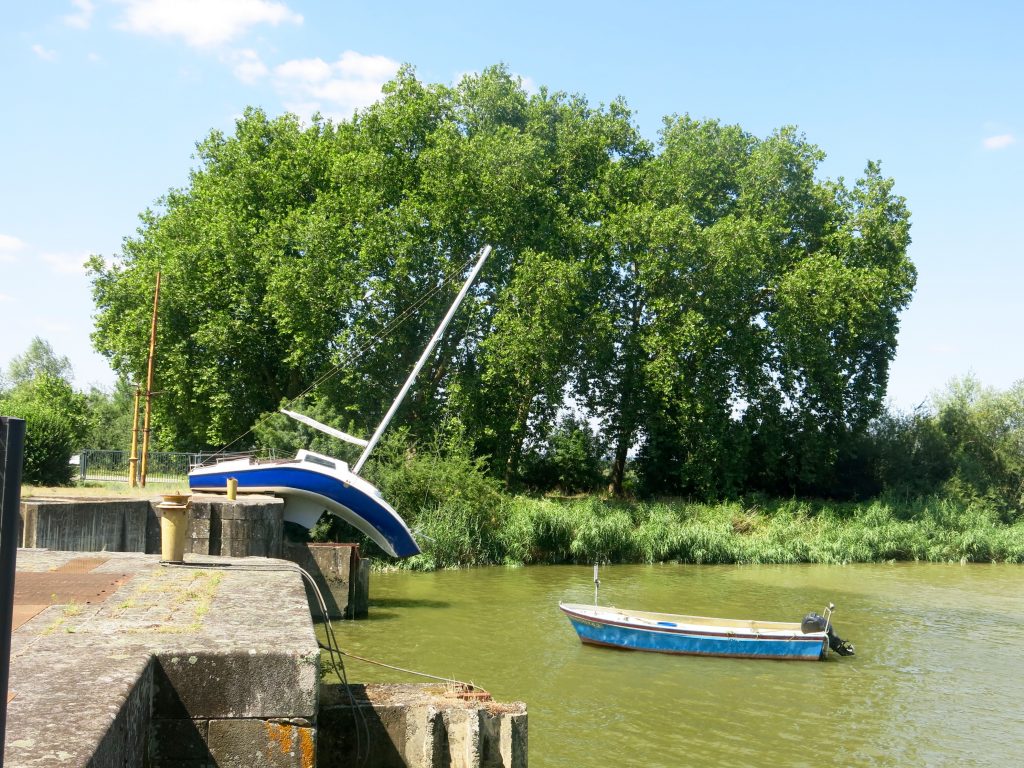
Artist and CH favorite Jean Jullien grew up in Nantes, where he lived until he was 19 years old. He has had his artwork featured as a part of the festival three times. “Nantes has a history of public cultural events—I grew up with [street theatre company] Royal de Luxe, among other initiatives, and it seemed like a natural progression when the Voyage à Nantes started,” he tells us. The first time Jullien took part himself, in 2012, he got free range to design skybar Le Nid, which is still a popular tourism attraction. “When you grow up surrounded by the culture in the city, it feels like an incredible honor to get to be a part of it. Being asked was like fulfilling a childhood dream and getting a validation from your city,” he says.
“Le Voyage has opened the city to a wider audience,” Jullien explains. “It’s a nice invitation for new people to discover it, and now it has an even more global scope with more international artists.” This year, 40 artists were invited to take part—and a number of the new installations from this year will remain.
While we’ve selected some favorites from this year’s edition, we strongly recommend that visitors stroll around the city and discover the hidden-away ones for themselves; even some of the shop fronts feature unusual art works, often a pun on the shop’s name. Jullien, who himself previously designed one of the shopfronts, concludes: “The works can be used as a gateway to see the rest of the city—it’s mutually beneficial for the city and the artists.”

Céleste Boursier-Mougenot: fluides
HAB Galerie, which is located in one of the old banana storage hangars (yes, really) on the formerly industrial island Île de Nantes, is showcasing four of Boursier-Mougenot’s works. The most captivating one is “from here to ear,” which was originally made for Nantes in 2009. It features 100 zebra finches in a large indoor birdhouse, filled with cymbals turned into feeders and drinking troughs, as well as 20 electric guitars that the birds rest on, happily picking away. The sound of the birds and the instruments they “play” are transported around the room via speakers, and the experience is beautiful, absurd and meditative at the same time. HAB will host the exhibition until September 30.
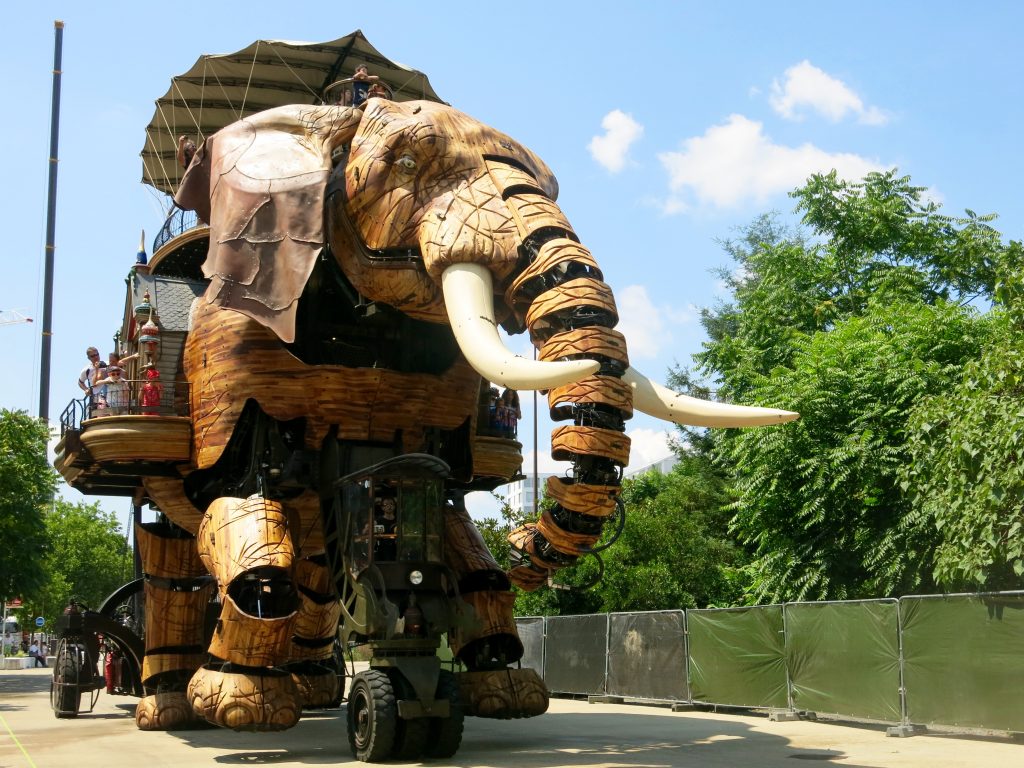
Les Machines de L’Île
19th century science fiction writer/novelist Jules Verne was born in Nantes, and his memory lives on in the steampunk mechanical machines on the Île de Nantes, Les Machines de L’Île. You can take a meandering trip inside a dreamlike, gigantic mechanical elephant that walks and squirts water, or discover a three-tiered mechanical carousel filled with astonishing and slightly unnerving sea creatures that you ride and control as it spins. It’s unusually interactive art, and the machines are a nice continuation from the island’s past as a shipbuilding location.
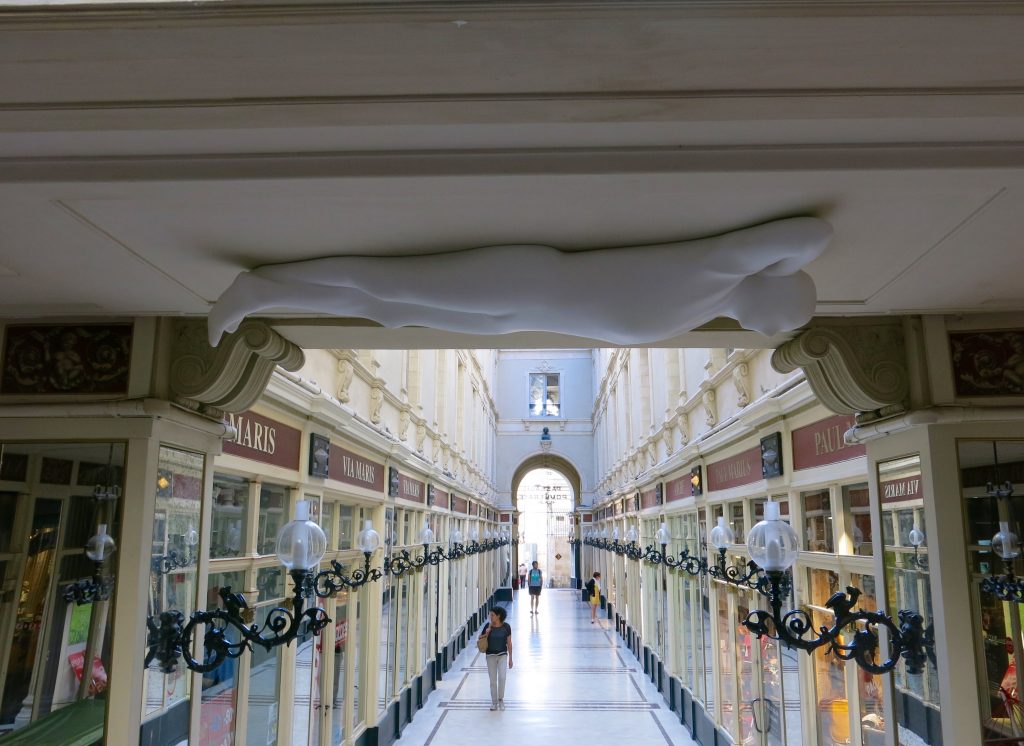
Philippe Ramette: Éloges
Artist Philippe Ramette has designed five “Odes,” or Éloges, for this edition of Le Voyage. The sculptures are spread out across the city in surprising places—one, Éloge de la Paresse (Ode to Laziness), seems to be taking a nap in the ceiling of the beautiful 19th century shopping arcade Passage Pommeraye. The arcade itself is worth a visit even when there are no artworks present; it was built to clean up the former red light district and is great for shopping and adding some French class to your Instagram feed. One of the Èloges, a girl climbing a fountain, will remain in the city after the end of the festival.
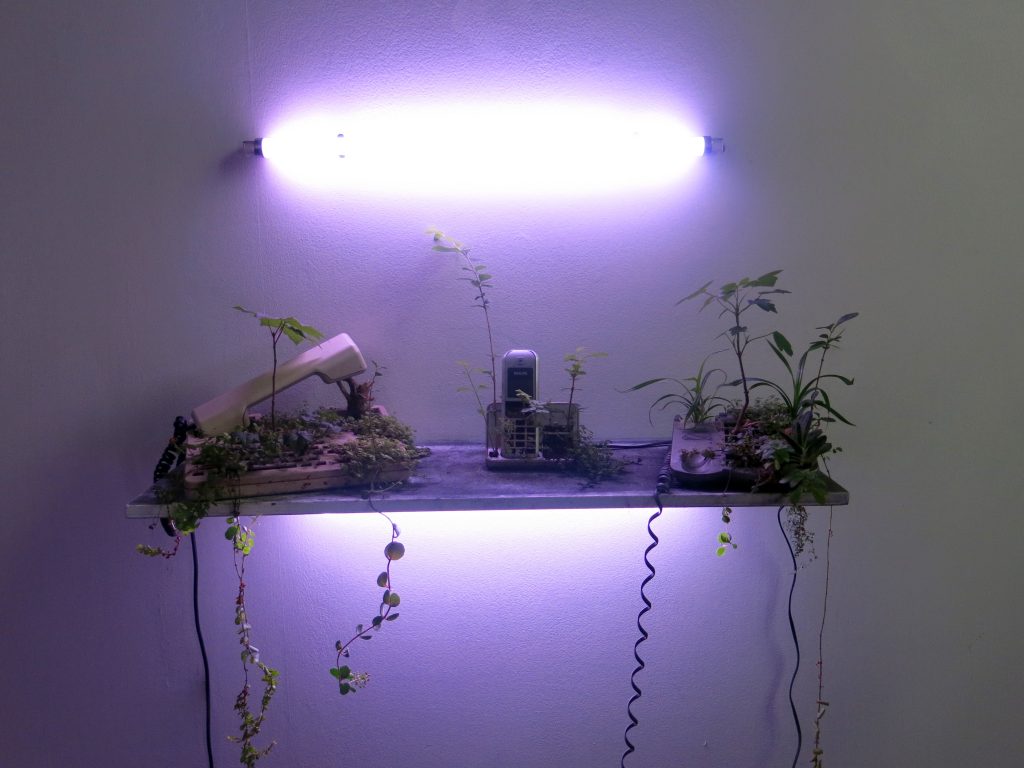
Michel Blazy: Last Garden
Last Garden is totally apocalyptic and yet surprisingly uplifting. Blazy’s installation, at the Temple du Goût, consists partly of a charcoal-covered floor that the gallery attendants have to spray with water every day for the dust to settle. It creaks satisfyingly under your feet as you wander around and admire his plants which have colonized everyday items. Our favorite was the old Mac and printer that now function as plant pots, a reminder that nature will hopefully survive whatever mankind is currently throwing at it.
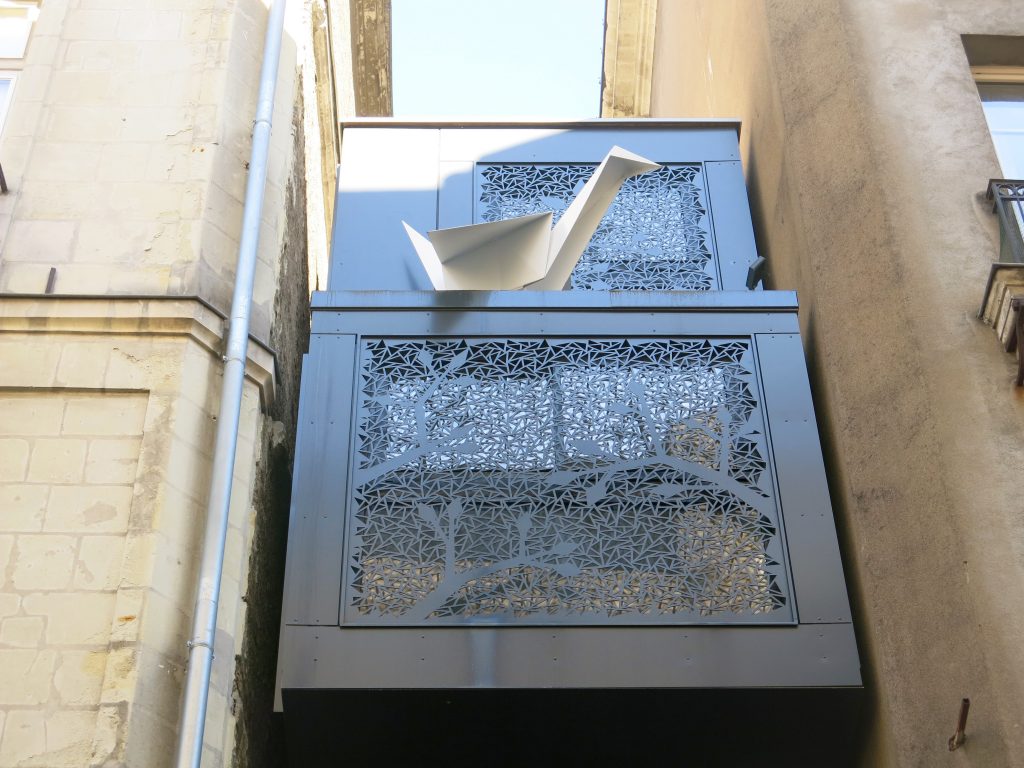
Myrtille Drouet: Micr’Home
Drouet’s Micr’Home was created for a previous edition of Le Voyage, but proved to be so popular that it’s stayed on. The miniature building is a 280 square foot space spread over three floors, 16 feet off the ground. It’s decorated with metallic origami birds and can be rented for the night, making it an artwork you can actually live in.
Jean Jullien’s “Le Jardin Bleu” is currently on show in San Francisco.
“fluides” image by Laurent Lecat for Le Voyage à Nantes, all other images by Cajsa Carlson
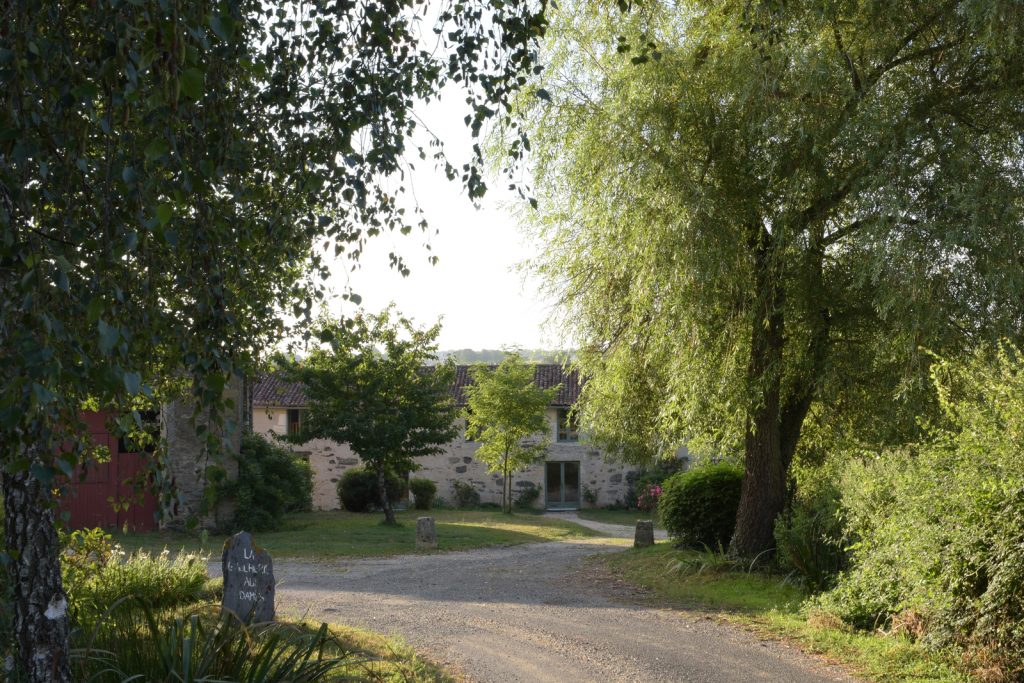












What are your thoughts?